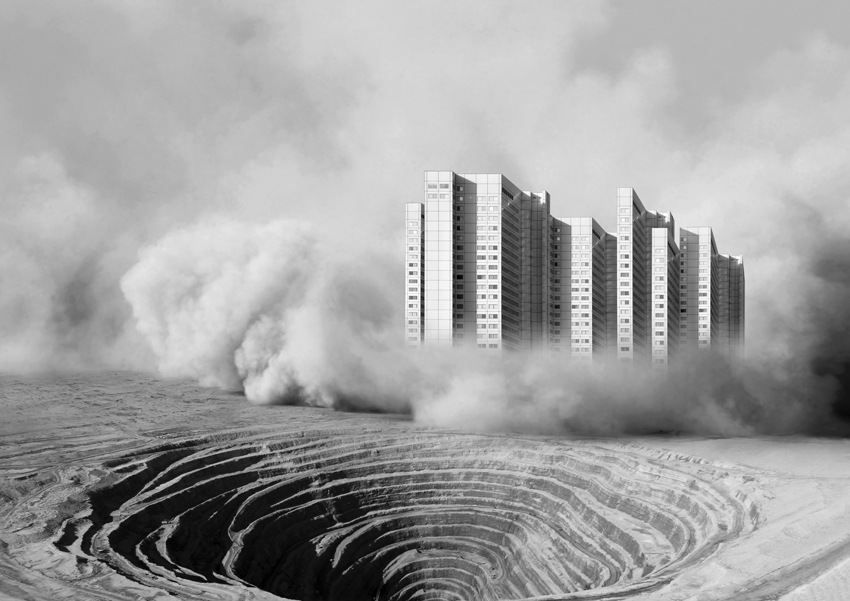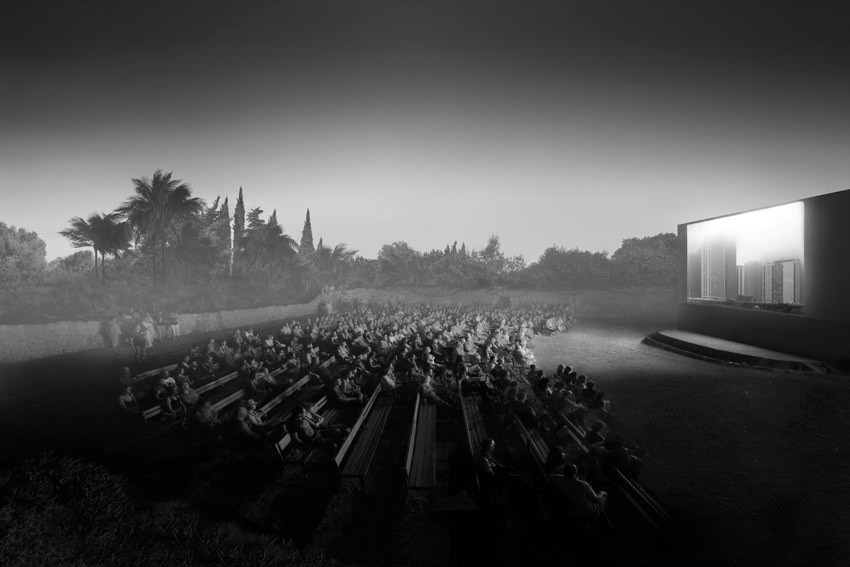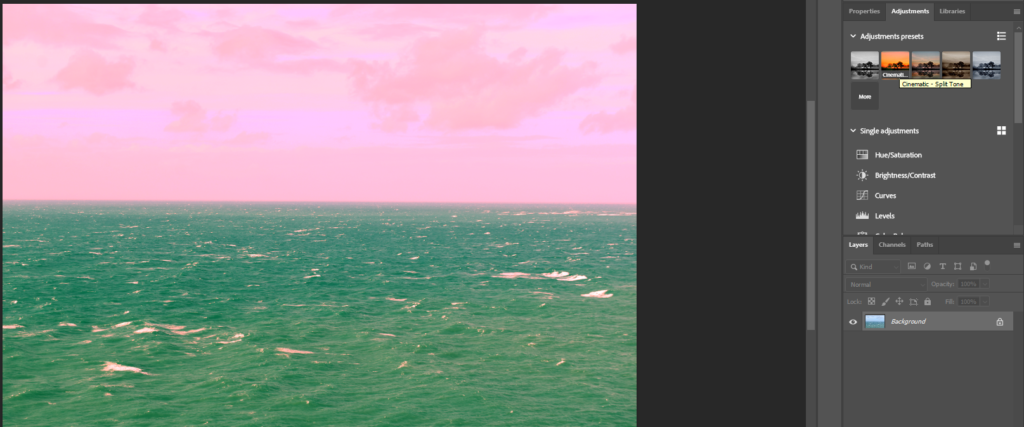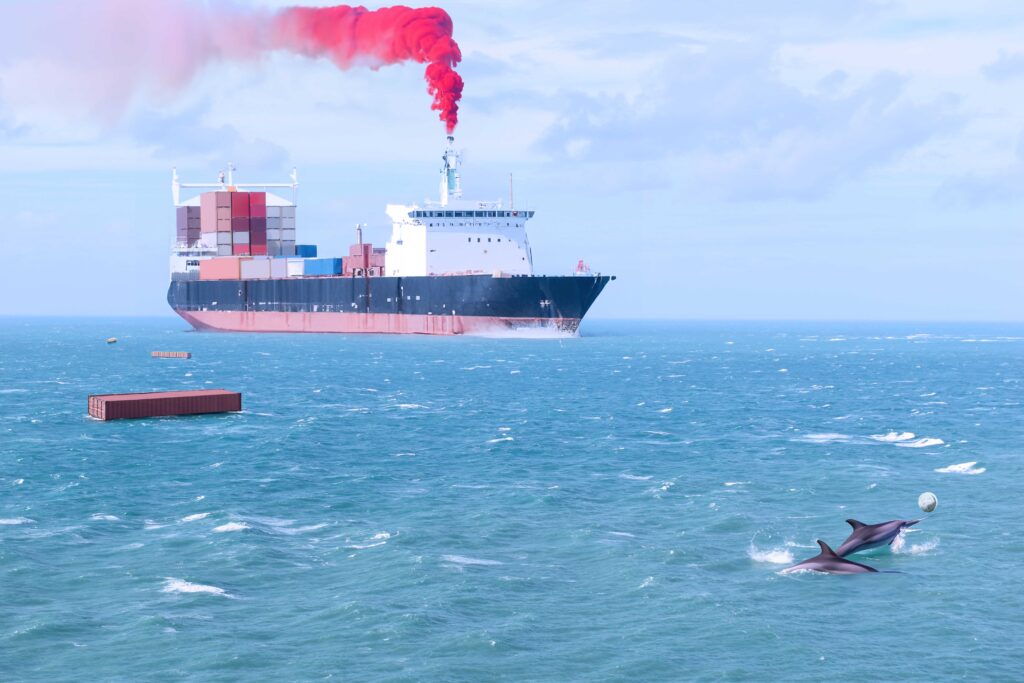Artificial Intelligence or ‘AI’ is a technology which enables computers to learn and create. It has been designed to simulate a humans intelligence process which in recent years has been implemented into all sorts of areas such as the arts. AI generates images by scanning millions of pre-existing ones on the internet along with the texts associated with them and uses algorithms to to spot trends. This means that AI does not create new pieces, instead it stitches together pre-existing images into a what the machine guesses is ‘correct’. OpenAI’s ChatGPT was the turning point in modern AI for its accessibility and ease of application. ChatGPT can be used by everyday users by inputting prompts or by experienced software collaborators by implementing the software into gadgets and websites(Chat GPT was created with a foundation model meaning it can easily be exported and are highly adaptable). This variety has caused a widespread pickup of the tool.
Ethics & AI
Ethics are the examination of moral questions and judgements. AI has been the centre of discussion in terms of ethical dilemma ever since 1942 and literature has dramatized the topic through films such as the matrix and terminator. While all the older literature such terminator created ‘doomsday’ tales centring arround themes such as the singularity, Modern dilemmas instead revolve around data responsibility, privacy, transparency, accountability and technology misuse.
Businesses have been exploring the use of AI since the creation of the big data set. Companies created their own systems and implemented them in all areas without issue. Once they tried expanding however there were all sorts of unexpected outcomes. These faulty/biased outcomes have lead to new guidelines and ethical dilemmas. AI has been rapidly outpacing government regulations with recent developments which has caused worry, largely surrounding copyright infringement and artistic creativeity.
Tanja Deman



Tanja Deman uses collages of photographs and films to raise awareness of natural environment, ecology and climate crisis. She creates surreal pieces in two categories: showing urban cityscapes in dead, baron wastelands, and theatres of people judging and observing the natural world.

Tanja Deman creates black and white images for a dramatic, serious tone and also in ways to show the bleak future that we are headed towards. Stadium lighting beams down on the hill which guides the eye. The surrounding stadium is dark with high contrast to focus attention in one space. The angle is looking downwards from a high seat in the stadium so that the photograph is framed through the eyes of an audience member. This photograph combines two images; The first is a large stadium with a small number of people sitting in the foreground, the second is of a rural mountain scape. These have been combined mostly around the base of the viewing square. The environment has been captured and presented as a spectacle to these people. I think this is a commentary on how the work of themes such as Anthropocene is being viewed in a meta way to criticise the lack of urgency and appreciation of the viewer but also on how society treats the natural world.
The light drawing attention to the hill makes the viewer look at the hill same as the people in the stadium seats. The people are few in number in front of the camera. The lack of people shows a lack of interest from the general public. This is reminiscent of the reception environmentalists receive for their art – not taken overly seriously.
In Photoshop
Filters and Pre-sets
Ai can be used to change the mood of an image by adjusting filters. It will create a mask on top of the image to prevent changing or ‘damaging’ the original image. This mask sits on top of the entire layer stack. The ai has pre-sets with options and sliders to further adjust the image.

I tried two pre-sets. One used vibrant, unnatural colours and the other created a cooler tone.


Option 2
The second was under the filter option. The neural filters used more drastic ai.

It creates a drop down of ‘pre-sets’ which drastically adjust the image to create a totally different image. This option will add snow to hills and make them look like mountains for example.

I chose this option because it made the sea look tropical by using vibrant colours and adjusting the water texture. The ai also added and adjusted the clouds in the sky to make the sky look more similar to that in the summer.


Generative fill
To use generative fill, you use a selection tool and select the desired area. ( This only decides where as the ai will take the whole images’ context into account for direction etc.) A box will require a prompt which the ai uses to produce 3 different outcomes.



After experimenting with composition, I decided to generate something on the right side of the image. To contrast with the industrial ship, I wanted something organic. I decided to add two dolphins playing with a ball. The ball isn’t a natural occurrence which shows how the animals have had to learn to live with our waste. Additionally they are unaware of the boat and its lost crates which are slowly drifting over. The pink emitting from the boat is a clearly toxic gas which is being pumped out.


I tried both a faint, sunny day and a dull, stormy filter. Although it would make more sense for the stormy one since it reflects the trouble brought with human interference, I think the light one creates more of a contrast. The vibrant colours are more artificial which in my opinion reflects how manufactured the environment is becoming.
Spot Remove
The spot healing tool drop down has an option named remove tool. You outline the unwanted option and the software will remove and fill based on the surroundings.

I wanted to remove these sample boards so the walls would be completely plain for a virtual gallery.

